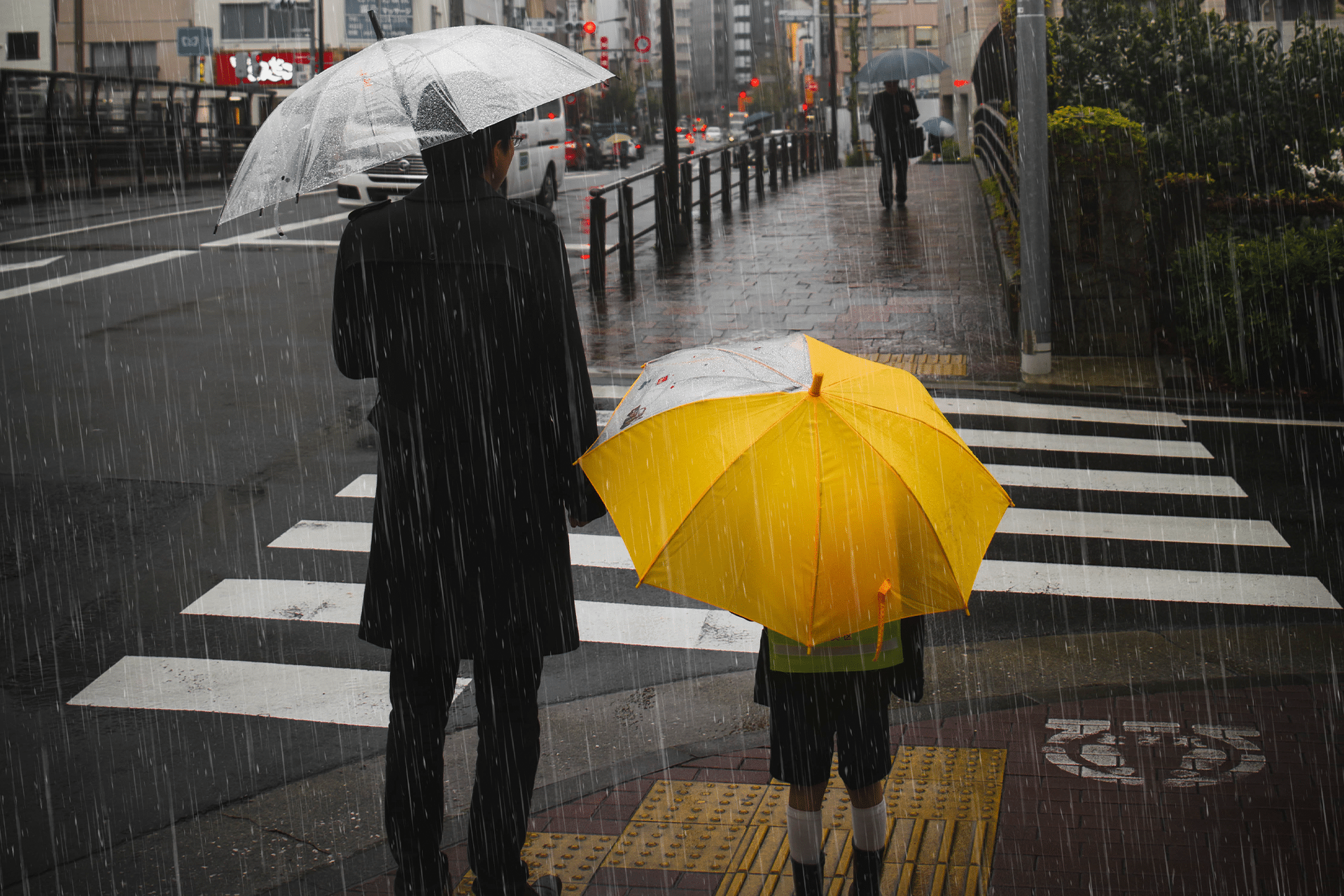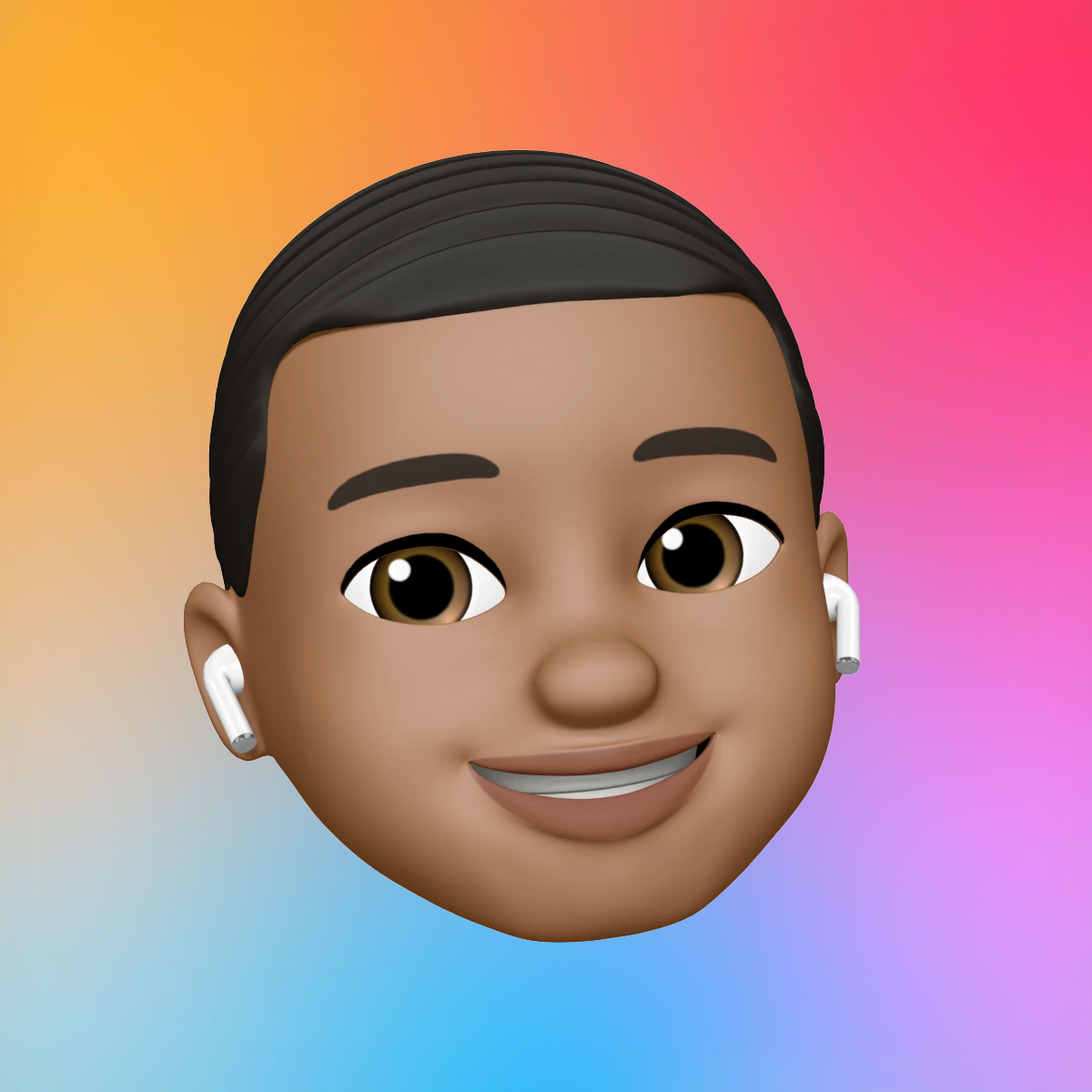iOS 26 weather route alerts add a practical layer to Apple Maps navigation by showing when rain, snow, or storms could affect your trip. Apple’s latest update integrates real-time forecasts into directions, warning users of difficult conditions before they set out.
For years, iPhone owners have relied on Apple Maps for routes and the Weather app for forecasts. With iOS 26, those services finally converge, giving travelers fewer reasons to switch between apps.
How iOS 26 Weather Route Alerts Work
The feature builds on Apple’s weather technology, strengthened after its 2020 acquisition of Dark Sky. When you request directions, Apple Maps checks forecast data across your route. If severe conditions are expected, an alert appears with details on when and where the weather could impact the journey.
Visual indicators appear on the map itself, showing rain or snow icons at key points. Push notifications can also warn drivers before leaving, offering a chance to delay departure, pack gear, or choose an alternate path.
The alerts aren’t just for drivers. Walkers and cyclists also benefit. A sudden rainstorm, for instance, could be flagged mid-route, helping users adjust before getting caught in it.
Why This Matters for Travelers
Weather is one of the biggest variables in travel safety and reliability. Until now, Apple Maps offered no proactive alerts, leaving users to check conditions separately. Integrating weather reduces that friction and brings Apple Maps closer to being a true all-in-one travel companion.
Practical benefits include:
-
Safer driving decisions: A heads-up about icy or stormy sections before reaching them.
-
Time savings: Avoiding sudden weather delays by adjusting departure times.
-
Better planning for families: Parents can see if a road trip might run into thunderstorms or snow.
-
Cycling and walking awareness: Real-time warnings about rain showers or wind make outdoor routes more manageable.
In short, it’s about giving users control. Instead of reacting to weather, travelers can plan with it in mind.
Apple Maps vs. Google Maps and Waze
Apple Maps has been playing catch-up with Google Maps and Waze for more than a decade. Google Maps offers weather layers in some regions, while Waze thrives on community-reported road conditions, including floods, hazards, and closures.
Where Apple is catching up:
-
Integration: Weather alerts are native to iOS and tied into Apple’s ecosystem, avoiding the clutter of multiple apps.
-
Privacy: Apple emphasizes that forecast data is processed securely, fitting its broader stance on user privacy.
-
Consistency: Rather than relying on crowdsourced data (like Waze), Apple leans on its forecast models for reliability.
Still, Google Maps retains an edge in certain global regions, where its weather and traffic data remain more detailed. Apple’s advantage is felt most strongly by users already tied into its hardware ecosystem.
The Broader Story of Apple Maps Evolution
When Apple Maps launched in 2012, it was criticized for inaccurate data and missing details. Since then, Apple has rebuilt the app from the ground up, with significant updates:
-
2018–2020: Major redesign of base maps with richer details.
-
2021: 3D city views with more accurate road data.
-
2022–2024: Cycling directions, EV charging integration, and improved lane guidance.
-
2025 (iOS 26): Weather alerts along routes, a step toward predictive and contextual navigation.
Each year, the service closes the gap with competitors. Weather alerts are not flashy, but they solve a real-world problem.
For the average iPhone user, iOS 26 weather route alerts might feel like a small addition. But in practice, they make everyday routines smoother. Imagine getting a notification that your morning commute will hit heavy rain halfway through, or learning that a weekend drive could run into snow in the mountains.
For professionals — delivery drivers, ride-share workers, or field teams — this can be even more valuable. Real-time warnings reduce surprises, allowing for safer scheduling and fewer delays.
Looking Ahead
It’s unlikely this is the last weather-focused feature Apple Maps will see. Future updates could expand into air quality alerts, flood warnings, or even integration with emergency services for natural disasters.
For now, iOS 26 weather route alerts are a sign that Apple is thinking less about catching up to rivals and more about making Maps genuinely useful in everyday, unpredictable conditions.










